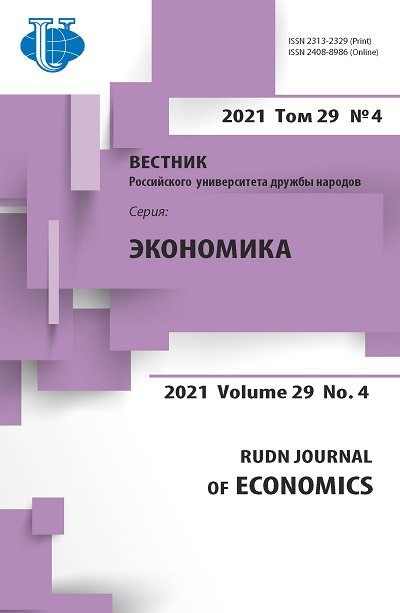Abstract
The paper considers the Japanese economic policy towards the SCO member states, which is built on the basis of Japan’s long-term interests in the Asian region. The Shanghai Cooperation Organization is quite diverse: some countries (India, China) are moving in the high-speed segment of the world economy and have annual GDP growth (excluding the fall in 2020 caused by the pandemic) at the level of 5% or more, while others (for example, Russia) are in the low-speed segment. This forms a different content of Japan’s foreign economic policy in relation to the individual SCO states, but there are also a number of general trends due to the current structure of Japanese exports/imports. For more than a decade, Japan has been facing a difficult task of overcoming prolonged economic stagnation not only through internal reforms, but also through expanding the borders of its foreign trade activities, and the SCO countries with their capacious domestic markets experiencing a shortage of high-tech products are among the priority areas for Japanese exports. Therefore, the urgent content of Japanese foreign economic policy in the SCO area is of considerable scientific interest.















